As drug-resistant bacteria become more commonplace, researchers are looking for new antibacterial strategies to disrupt disease-causing microbes. Some scientists are working to create new drugs, while others are trying out drug combinations. Another group, however, are ditching pharmaceuticals altogether and experimenting with non-drug alternatives.
One of the non-drug pathways involves creating substances and surfaces that bacteria cannot colonize, or that deter or kill bacteria on contact. For example, bacterial communities, known as biofilms, can dangerously colonize the surface of medical equipment, or implanted devices, to spread deadly disease to vulnerable patient populations. If bacteria cannot get a grip on a surface, they cannot exist in communities, reducing their ability to cause disease.
A new study in the American Chemical Society journal of Applied Materials & Interfaces took a close look at something you might not ever consider to have antibacterial properties—the wings of Orthetrum villosovittatum, a species of dragonfly.
Humans frequently look to nature for ideas and materials to solve problems. The chemistry of naturally occurring surfaces, on plants, fish, insects, and mammals, offers insight into how we might better engineer solutions by mimicking what nature has already created.
Earlier research found that some surfaces remain relatively free of contaminants, despite being surrounded by pathogens like fungi and bacteria. Shark skin, cicada wings, gecko feet, and plants like the lotus and the cabbage display these qualities.
The study from scientists at the Queensland University of Technology in Australia, and the Elizade University in Nigeria, mentions numerous advantages of nano-textured surfaces (NTS), including reducing reflection, improving adhesion, or clearing and deterring bacteria. Nano-textured surfaces are surfaces that have very small textural features, bumps, or grooves 100,000 times smaller than the diameter of a single human hair.
Insect wings are closely studied for their marvelous architecture, among other things. Lightweight, aerodynamic, and alive, wings of dragonflies, cicada, and butterflies offer us a wealth of fascinating information. One of the advantages of the wings of these insects are structures of uneven height that cover the wing surface, called nanopillars.
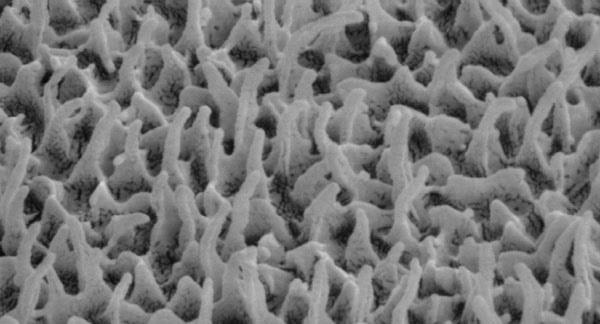
From an antibacterial point of view, research has suggested nanopillars act as a "bed of nails," spearing and killing hapless bacteria that wander too close. Research also observed bacteria that move onto nanopillars break open as the bacteria tries to traverse regions between pillars. In the new research, scientists added to this body of knowledge by observing bacteria are not actually being sliced and diced by the pillars, they are getting stuck on them.
Researchers observed the secretions of the bacteria Escherichia coli (E. coli) as it attached to the nano-textured surface of a dragonfly wing. Embedded in the secretions, called extra-cellular polymeric substance, the study authors discovered the bacteria does not initially make mechanical contact with the points of the pillars. While this matrix of secretions usually protects the bacteria, and allows it to create biofilm communities, on a nano-textured surface, the secretions adhere the bacteria to the surface like flypaper.
Using several forms of microscopy, including helium ion, atomic force, transmission electron, and scanning electron microscope tools, scientists got a good view of how a nano-textured surface on previously frozen dragonfly wings spells doom for E. coli bacteria.

In the image above, you can see several E. coli bacteria in various stages of cell death. The lighter portion of cell number one is where the cytosol of the cell has leaked out. The red arrow points to where the cytosol from E. coli numbers two and three is leaking into the space between the nanopillars. Cytosol is the fluid within cells that keeps its organelles suspended. Without it, as you can see here, the bacteria deflate and dissolve on the nanopillars.
When E. coli finds itself on a dragonfly wing, it faces a dilemma. When their membrane fluid meets the structure at the end of a nanopillar, they become permanently stuck, not speared. At that point it is game over for the bacteria. When the bacteria naturally tries to keep moving, the shear force and stress on the bacteria increases, and its membranes separate, rupture, and leak.
Worse yet for the bacteria, as it finds itself stuck, the bacteria is stressed and secretes more membrane fluid, worsening its sticky situation and hastening its fate. As well, both the membrane fluid and cytosol leaking from the bacteria are sticky, increasing the death grip of the nanopillars. Only when the membrane begins to dissolve does the bacteria sink onto the nanopillars.
This research boosts the ability of science to uncover successful strategies to battle bacteria without drugs. While previous research attributed bacteria death to being impaled, use of powerful microscopic technology tells a different tale of biochemical and mechanical dynamics.
"Our experimental findings are contrary to the commonly accepted mechanistic models (using cicada wing nanopillars) that membrane rupture was explained by direct contact of the bacterial cell membrane with the nanopillars of singular height," the researchers write in the paper. "These findings could help guide the design of novel bio-mimetic nanomaterials by maximising the synergies between both biochemical and mechanical bactericidal effects."
Just updated your iPhone? You'll find new emoji, enhanced security, podcast transcripts, Apple Cash virtual numbers, and other useful features. There are even new additions hidden within Safari. Find out what's new and changed on your iPhone with the iOS 17.4 update.
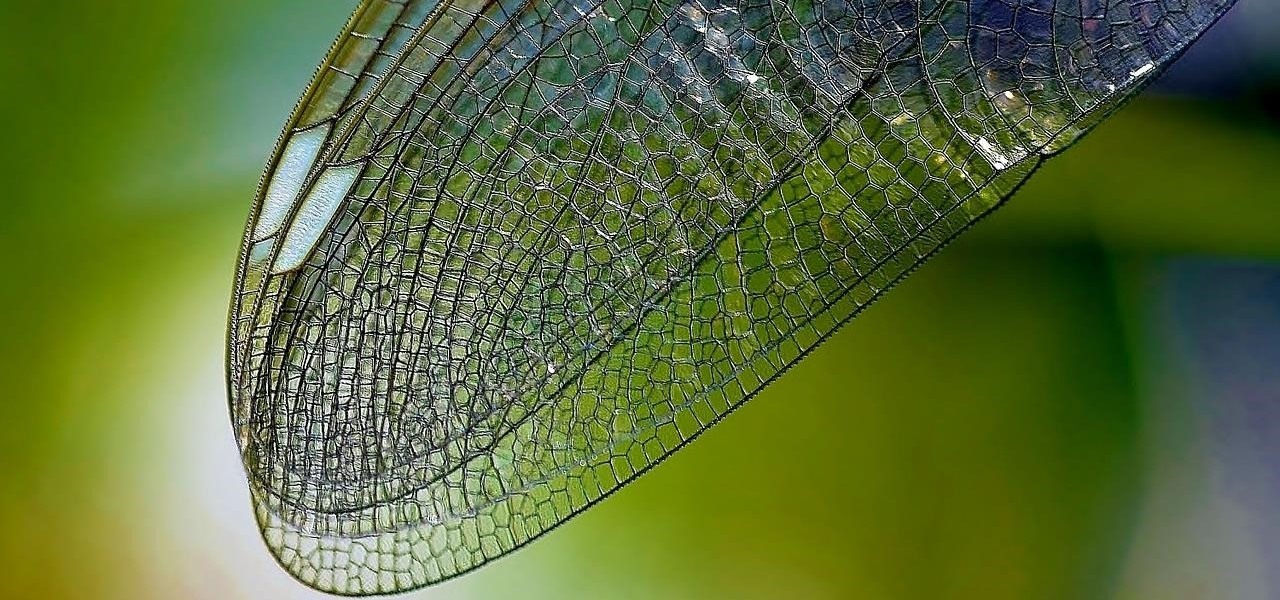







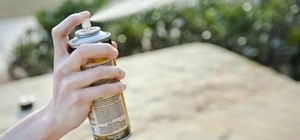

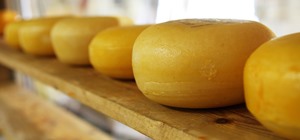





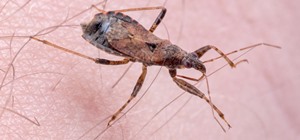
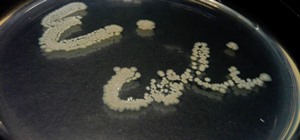





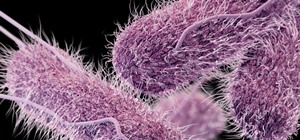
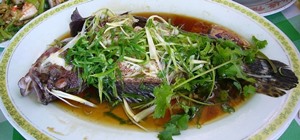
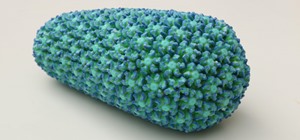
Be the First to Comment
Share Your Thoughts